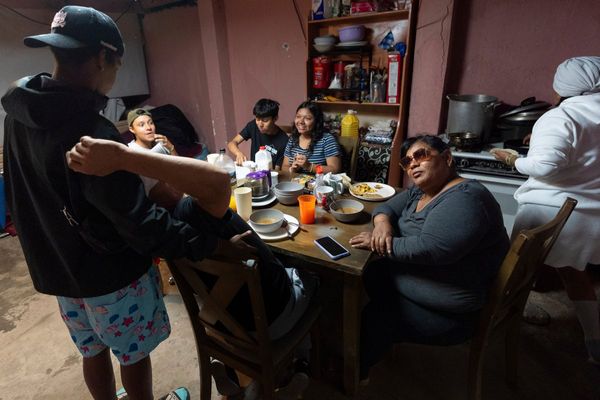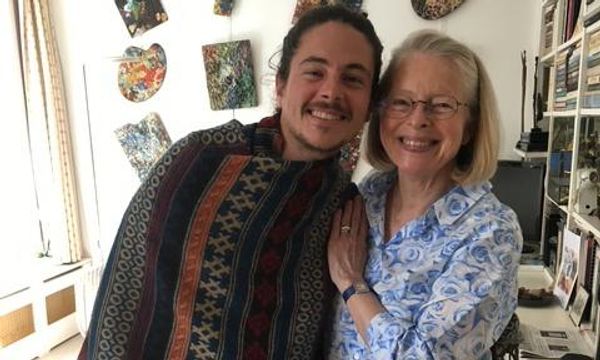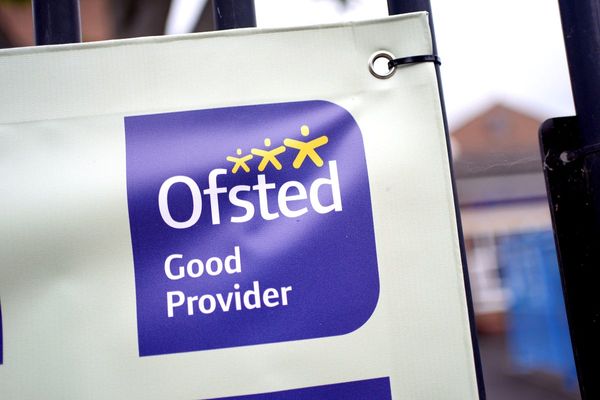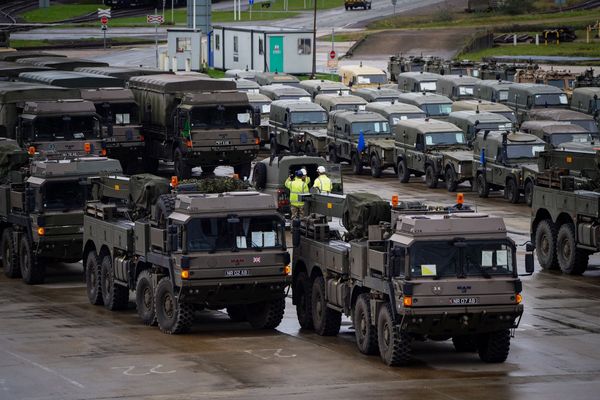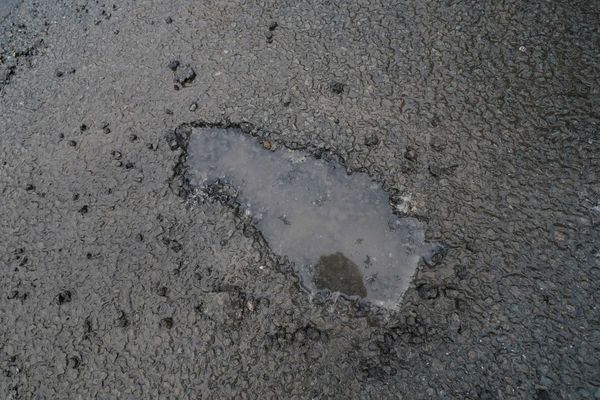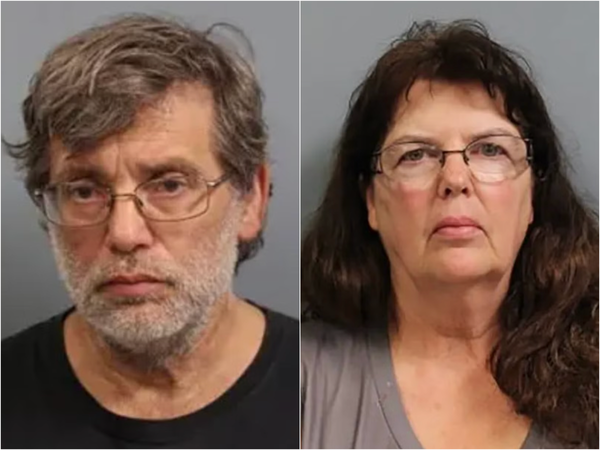
Last summer, the drums of freedom sounded in the streets of San Juan. Puerto Ricans rose up to drive Gov. Ricardo Rosselló from office after the publication of a series of profane chats between the leader and his top aides deriding other politicians and ordinary Puerto Ricans, including survivors of the devastating Hurricane Maria in 2017. For weeks, protesters filled the streets of the capital’s colonial zone, marching, dancing, and chanting.
The uprising against Rosselló, once a leading light in the ruling New Progressive Party (PNP), was a cri de coeur from a population that has faced great hardship in recent decades and for whom Puerto Rico’s tangled relationship with the United States appears to have reached a crossroads. The colonial model, which for decades provided U.S. companies with low-wage workers and a captive export market for goods, appears to have given all it has to give. Beyond rhetoric, there is little appetite in the U.S. Congress to make the island a full state, and its independence movement remains on the electoral margins.
Puerto Rico’s hybrid relationship with the continental United States sees those born in Puerto Rico afforded U.S. citizenship and the ability to vote in presidential primaries, but island residents cannot vote in U.S. presidential elections. Despite having a population of over 3 million, surpassing nearly half of all U.S. states, Puerto Rico has only a single nonvoting member in Congress. So while the island has a bicameral legislature, its citizens are ultimately governed by entities—the U.S. president and Congress—that they have no say in electing.
The backroom deals of Puerto Rico’s political elites and the caustic racism of U.S. President Donald Trump have brought into stark relief what has always been a lopsided, unequal relationship. A series of natural disasters now have Puerto Ricans questioning what it will take to wrench the island out of the hybrid system that has poorly served its people for at least the last two decades.
On July 25, 1898, 1,300 American troops landed at Guánica, Puerto Rico, at the behest of U.S. President William McKinley, and within a month U.S. forces had seized the island from the Spanish. This military capture began Puerto Rico’s long and complex association with the U.S. federal government in Washington. Three days after landing, U.S. commanding officer Gen. Nelson A. Miles issued a proclamation to the island’s residents assuring them that he was acting “in the cause of liberty, justice, and humanity.”
However, for five decades after the U.S. invasion Puerto Rico was ruled by unelected and often racist functionaries appointed through political patronage. Under direct orders from U.S. colonial governors, Puerto Rican police crushed moves toward independence, such as during the Ponce Massacre on Palm Sunday 1937, when a march of several hundred nationalists resulted in a police riot that left 19 civilians dead and some 200 hundred injured.
In July 1952, some 15 years after the Ponce Massacre, Puerto Rico’s constitution came into effect, declaring the island the “Estado Libre Asociado de Puerto Rico,” the “Free Associated State of Puerto Rico”—and setting up its hybrid relationship with the United States.
Puerto Rico’s current status is due in no small part to the island’s first elected governor, Luis Muñoz Marín. Muñoz Marín was the scion of a notable political family who spent much of his younger years living a bohemian life in New York before returning to become Puerto Rico’s dominant political figure in the middle of the 20th century, governing from 1948 to 1965 as the head of the Popular Democratic Party (PPD).
Muñoz Marín and the PPD oversaw a series of measures known as Operation Bootstrap, an aggressive program of industrialization that moved the island’s economic engine from agriculture toward an urban, export-oriented model. By the mid-1950s, the income generated by manufacturing outstripped that generated by agriculture for the first time, and between 1953 and 1963 manufacturing salaries more than doubled. Easy migration to the United States provided an escape for those frustrated by this model, and tens of thousands of Puerto Ricans left for better-paying jobs on the mainland, preventing the widespread social unrest that occurred elsewhere in Latin America during the second half of the 20th century.
By the 1970s, the island seemed to settle into an equilibrium between the PPD and the pro-statehood PNP—a colonial reflection of the U.S. two-party system on the mainland. Much of the political oxygen was consumed by the question of the island’s status vis-à-vis the United States.
U.S.-backed security forces had crushed violent pro-independence uprisings in the early 1950s, diminishing the nationalist movement as an electoral force. Activists were targeted by the FBI as part of the Counterintelligence Program and by the Puerto Rican police—sometimes with lethal consequences. In July 1978, two would-be revolutionaries, Carlos Enrique Soto Arriví and Arnaldo Darío Rosado Torres, were slain by police in what many viewed as a state-sanctioned assassination.
Puerto Rico’s dependence on the United States proved a Faustian bargain. In 1996, seeking new revenue to reduce the federal deficit, the Clinton administration abolished Section 936 of the Internal Revenue Code with bipartisan support, which gave companies from the mainland United States an exemption from federal taxes on income earned in Puerto Rico. The island was sacrificed to pay for the minimum wage hike on the mainland, and companies quickly began to move elsewhere.
The abolition of Section 936 took place during the tenure of Rosselló’s father, Gov. Pedro Rosselló—lambasted during last summer’s protests in a popular reggaeton song as “the most corrupt son of a bitch in history.” By the time the elder Rosselló left office in 2001, Puerto Rico’s public debt had ballooned to $25.7 billion. The value of the island’s bonds sank, and capitalist adventurers specializing in distressed assets arrived from the mainland to take advantage. Hedge funds dominated by the politically well-connected, such as Paulson & Co. of leading Republican donor John Paulson, lent Puerto Rico more than $3 billion—envisioning a 20 percent return based on a constitutional clause requiring that bonds be paid back. The territory had no legal ability to declare bankruptcy. Successive governments effectively created a pyramid scheme: The state was borrowing money from some lenders to pay others.
Appearing to grow tired of the status quo, in 2012 Puerto Ricans voted by a slim margin in a nonbinding referendum to jettison their commonwealth status to become the 51st state in the United States. A 2017 referendum boycotted by the PPD—in part due to the party’s rejection of its characterization of Puerto Rico as a “colony”—led to a more emphatic result. Another nonbinding status vote is planned for this fall. In a letter this week to Puerto Rico’s elections commission, the U.S. Department of Justice said that it would neither officially approve nor fund the vote in part because the framing of the ballot approached the question of Puerto Rico’s status “from a decidedly pro-Statehood, and anti-territorial, point of view.”
By 2016, Puerto Rico’s financial situation had grown so dire that the U.S. Congress passed a law giving the territory the ability to seek bankruptcy and created an unelected federal oversight board with the ability to manage the island’s finances over the objections of the elected government. Many saw the move as deepening Puerto Rico’s colonial relationship with the United States. The devastation of Hurricane Maria soon followed. The storm killed around 3,000 people on the island and laid waste to its electrical grid. Trump’s response—mocking Puerto Rican citizens as people who “want everything done for them” and delaying aid—added insult to injury. (The president spent much of the crisis golfing.)
The year since Rosselló announced his resignation in July 2019 has been tumultuous. After five days, Puerto Rico’s Supreme Court ruled the ascent to the governorship by Rosselló’s chosen successor, Pedro Pierluisi, unconstitutional. Pierluisi had previously served as Puerto Rico’s nonvoting congressional representative and was instrumental in the creation of the fiscal oversight board. He was replaced by Secretary of Justice Wanda Vázquez Garced, whose administration has since been engulfed in scandal.
The ruling PNP holds commanding majorities in both houses of Puerto Rico’s legislature. But it is a viper’s nest of competing interests: Pierluisi and Vázquez, for example, are engaged in a bitter primary to see who will become the party’s gubernatorial candidate in the November elections. The PNP’s Senate leader, Thomas Rivera Schatz, is among the island’s most divisive political figures, viewed by many protesters as a symbol of an old and corrupt political order.
On Jan. 7, Guánica, where the U.S. military landed all those years ago, was the epicenter of another momentous event: Puerto Rico was rocked by a 6.4 magnitude earthquake, which caused extensive damage in several southern towns and knocked out power across the island for days. As thousands of ordinary Puerto Ricans flooded south to help their neighbors, it is alleged that Vázquez colluded with other officials to direct aid so that ruling-party politicians could benefit. Vázquez and several others in her party are now the subjects of an investigation by a special prosecutor into those actions and the resignation of two consecutive justice secretaries earlier this summer.
While protests against Vázquez have been smaller and less frequent due to the pandemic, anti-government graffiti still appears on colonial walls of San Juan near the governor’s mansion. Shortly before last summer’s protests, a new political party, the Citizens’ Victory Movement (MVC) was formed. It attracted independents and dissidents from the main political parties and, among other proposals, seeks to abolish the fiscal oversight board.
This November’s election will be the MVC’s first big test. Along with the governorship—which is being contested by Alexandra Lúgaro, an attorney and businesswoman who came in third in the 2016 gubernatorial elections—Manuel Natal Albelo, a representative in the commonwealth’s House of Representatives, who under the PPD banner got more votes than any other party candidate, is running as the MVC’s candidate for mayor of San Juan.
Puerto Rico is in the middle of a struggle to define itself beyond its status as the colony of the nation to the north. A few days ago, walking through my neighborhood of Viejo San Juan, I happened upon one of the sporadic protests against Vázquez’s government that happen from time to time. On its fringes I encountered an elderly man with a sign. “The homeland cannot be defended from a sofa,” it read. “It must be defended in the street, like in the summer of 2019.”
